Onwards, upwards: meet Hong Kong practice Bean Buro
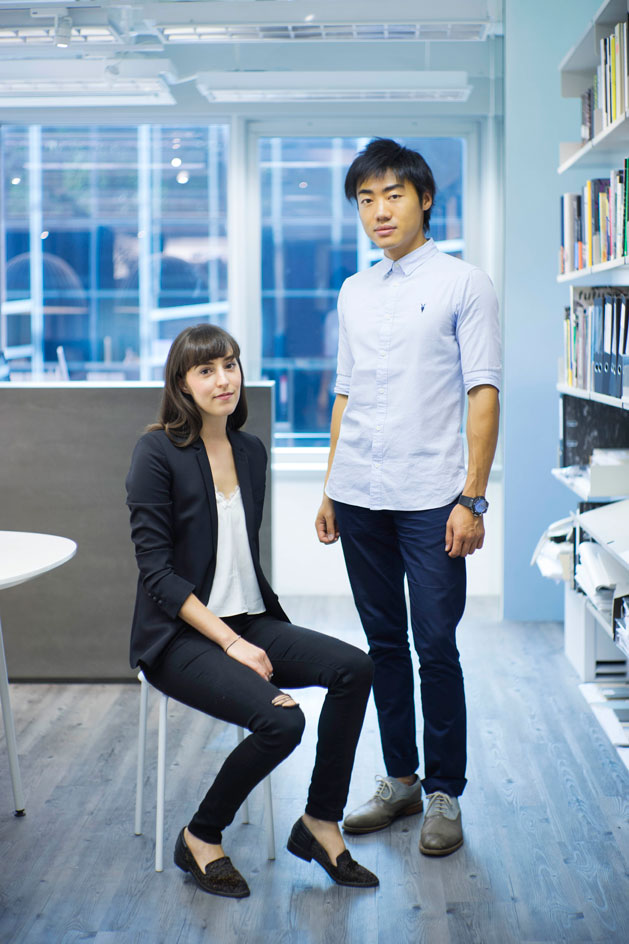
Hong Kong is awash with architects and designers, so it’s no small feat that an architectural studio established by two young practitioners in 2013 has already made its mark on the city, despite having no experience in the region. The founders, Lorène Faure and Kenny Kinugasa-Tsui, met in Paris and worked together in London, before launching themselves in Asia with an alluringly fresh new contemporary look for a compact home office.
Clients immediately sat up and took notice of the clean, understated details, generous storage and shapely collection of own-design furniture. Bean Buro has continued to push its work in creative new directions, transforming a nondescript building in an industrial district into a cutting-edge creative space for the Leo Burnett agency and producing sculptural interiors for a traditional noodle restaurant, Tasty Congee & Wantun Noodle Shop in Chengdu, China. Wallpaper* met the duo to discuss continental working practices and Bean Buro’s idiosyncratic design approaches.
We caught up with duo in Hong Kong to find out more...
Wallpaper*: Hong Kong has an established design scene. What do you bring that is new?
Lorène Faure: We bring very fresh European ideas to the table but because Kenny is part Japanese and Chinese, and I am French, our main ethos is about cultural exchange. We are very concept driven and spend time getting to know the client. That is quite unusual.
How does working in Hong Kong differ to Europe?
Kenny Kinugasa-Tsui: Everything has to be done so fast. We understand that but still work in a very illustrative way that ensures we ask the right questions about the functional brief but other questions too – like how a space will age.
Illustrative in what way?
LF: We are very hands-on; drawing and building models that are presented like art works is part of our design process. Clients say it is refreshing because they then fully understand aspects like depth and volume.
You also design furniture?
KK: We love the process of making. For our Tasty Chengdu project we custom-designed an Italian grey-black marbletop table to seat 18 guests. We call our curvy tables ‘Bean Tables’ and are currently working on our first collection.
Hong Kong designers often ‘throw’ excessive ornamentation at a project. How do you resist this?
KK: We create a hierarchy through focusing energy and budget on one sculptural piece, like our noodle-inspired installation feature in Chengdu, while the rest of the space is kept minimal. Not every detail has to be special. The space needs good simple aesthetics with a focus. For Leo Burnett, we drew on the location’s ship construction heritage to create entrance and meeting rooms defined by sculptural boat shapes.
Has the notorious copying culture in Asia proved a problem?
LF: Our curved display wall from our very first studio project has already been replicated in Hong Kong but it was not especially well done, as the niches have to be done perfectly – otherwise it just looks wrong.
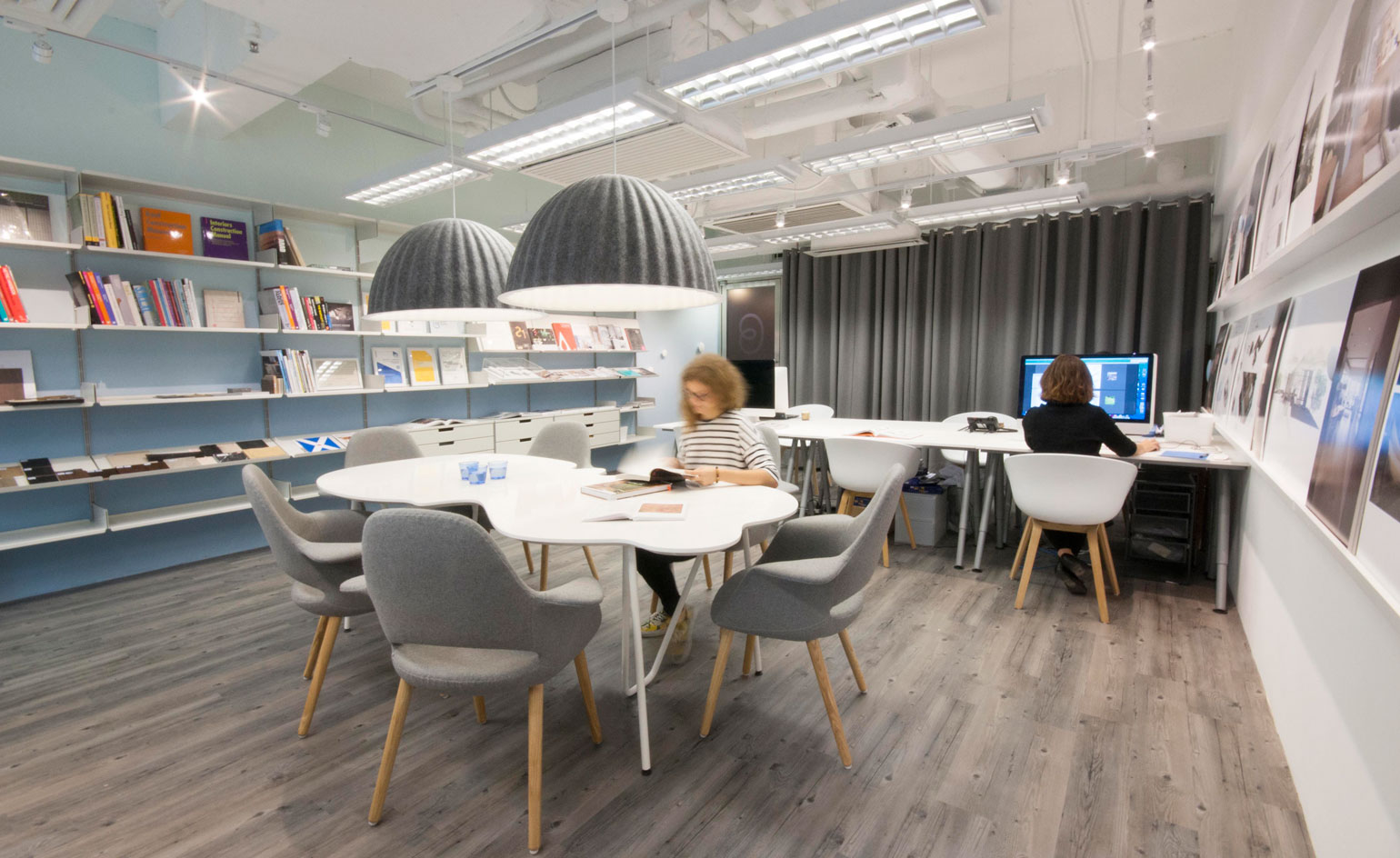
The central space of the practice's office is a curvy, bespoke 'Bean Table' with two large pendant lights that create privacy within the open plan – it's a place to gather staff and greet visitors that encourages social interaction
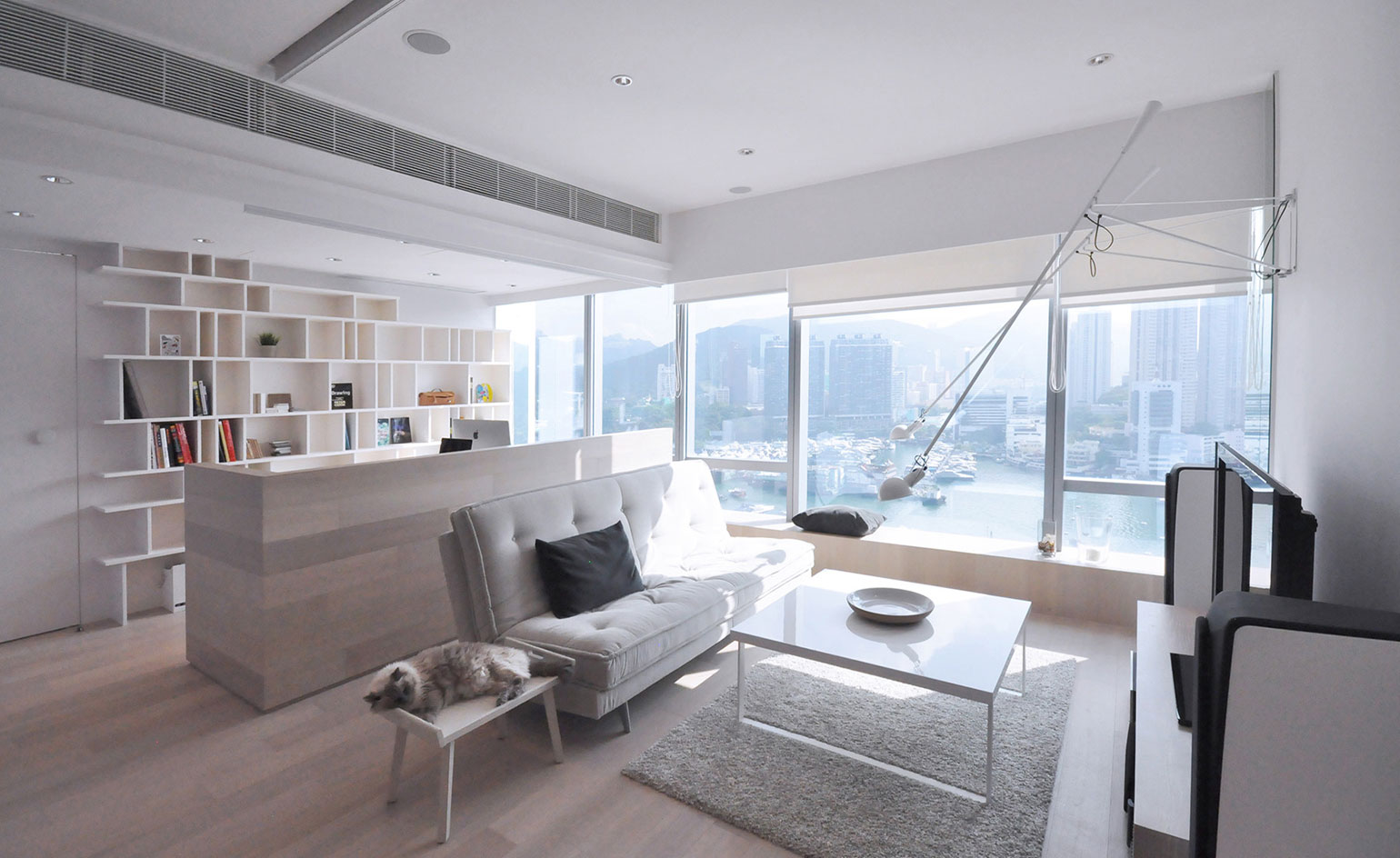
The Bean Buro-designed 'Boathouse' apartment in Aberdeen, Hong Kong, is located inside a high-rise residential building, in close proximity to the Ap Lei Chau shipyard. In response to the growing trend of home-office culture, Bean Buro designed the apartment with large windows facing the waterfront, creating a workspace both calm and dynamic
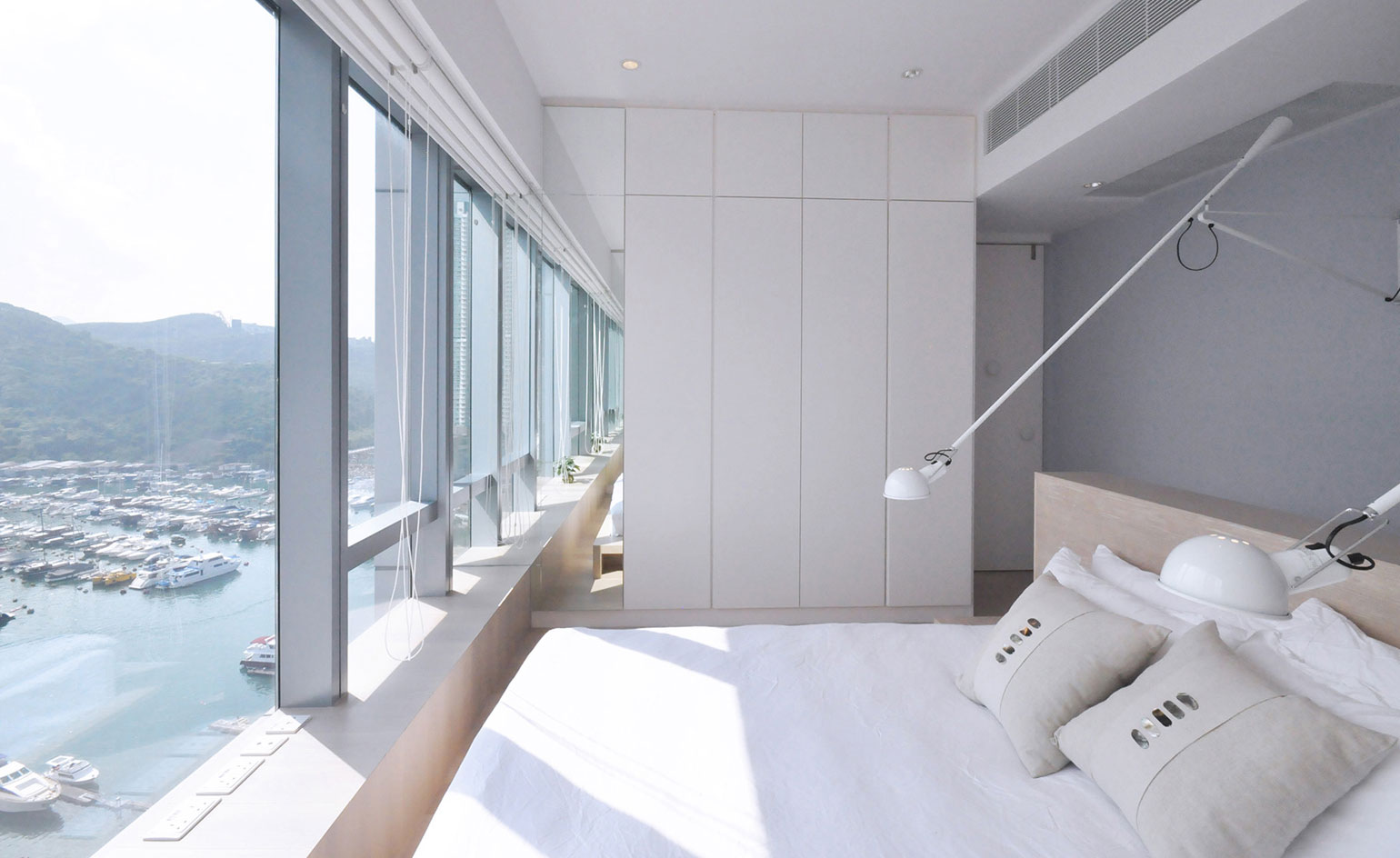
The bed is an island unit that faces the windows, giving a full panoramic view of Aberdeen's scenery
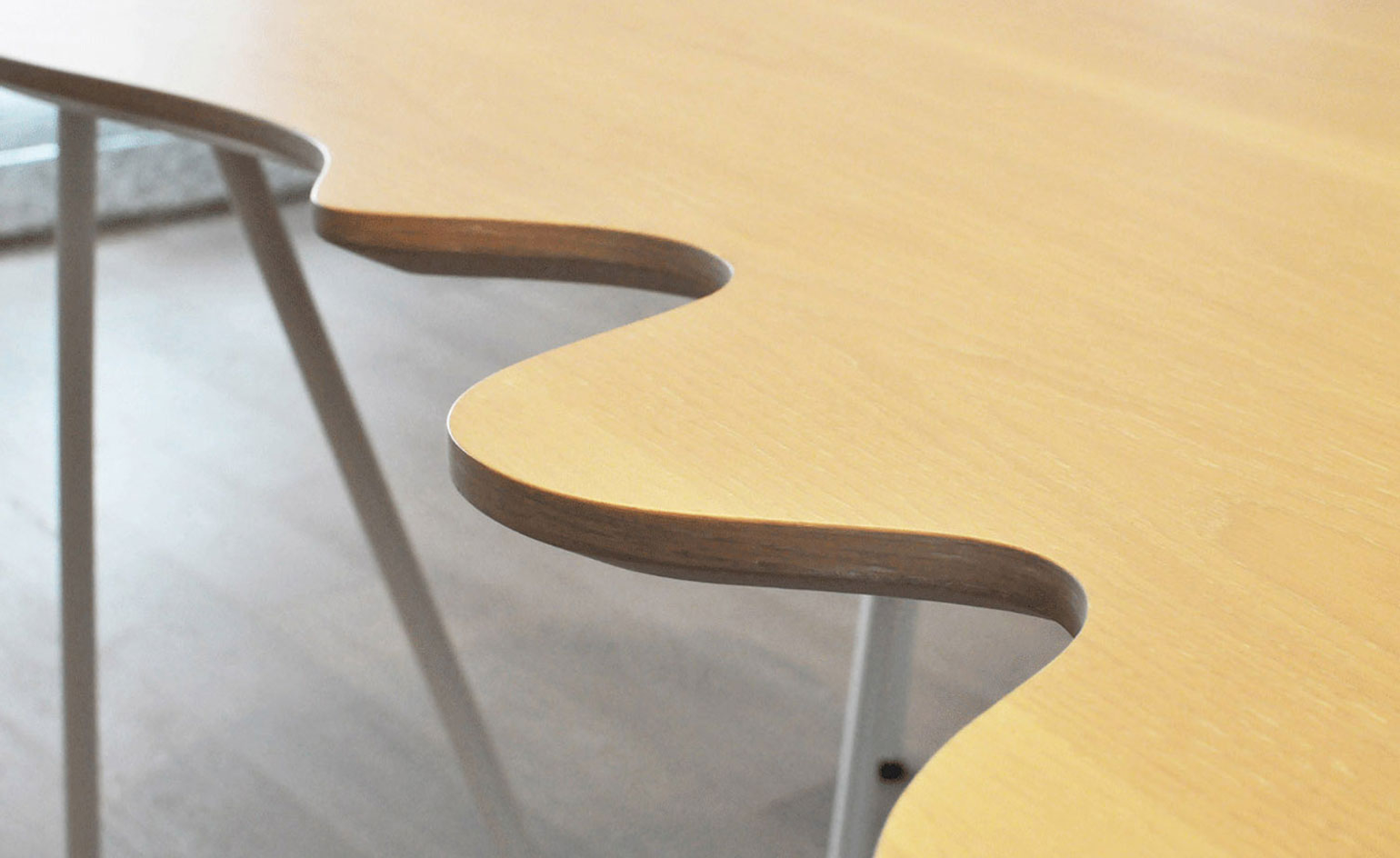
The apartment/office's lounge centrepiece is another 'Bean Table'. The bespoke CNC-cut shape is undulating and playful, acting as a meeting table by day and dining table by night
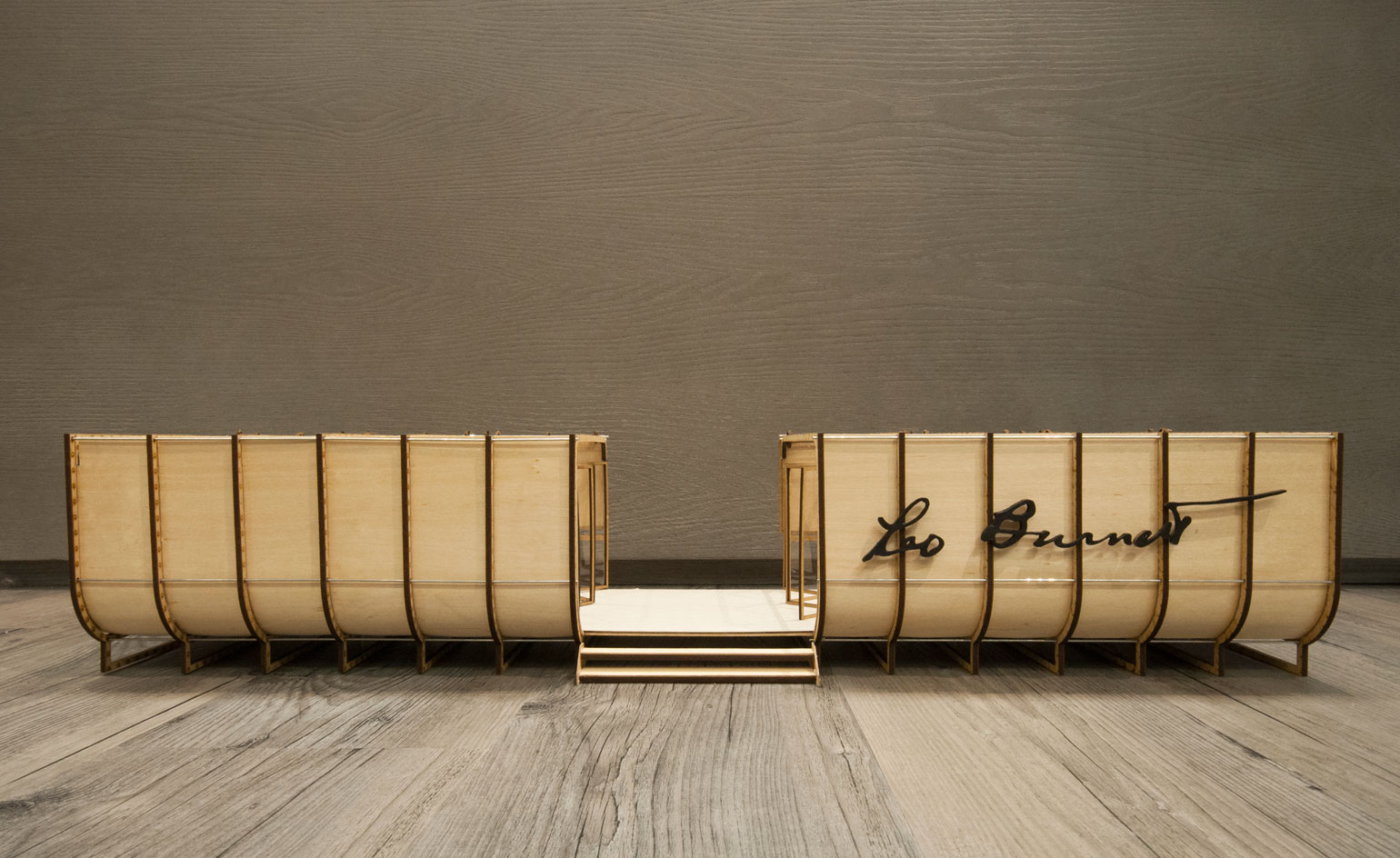
Inspired by an exchange of contextual narratives – from the local hipster culture of post-industrial Kwun Tong to the vibrant urban life of Williamsburg – Bean Buro created an innovative and collaborative workspace for world-class creative agency Leo Burnett
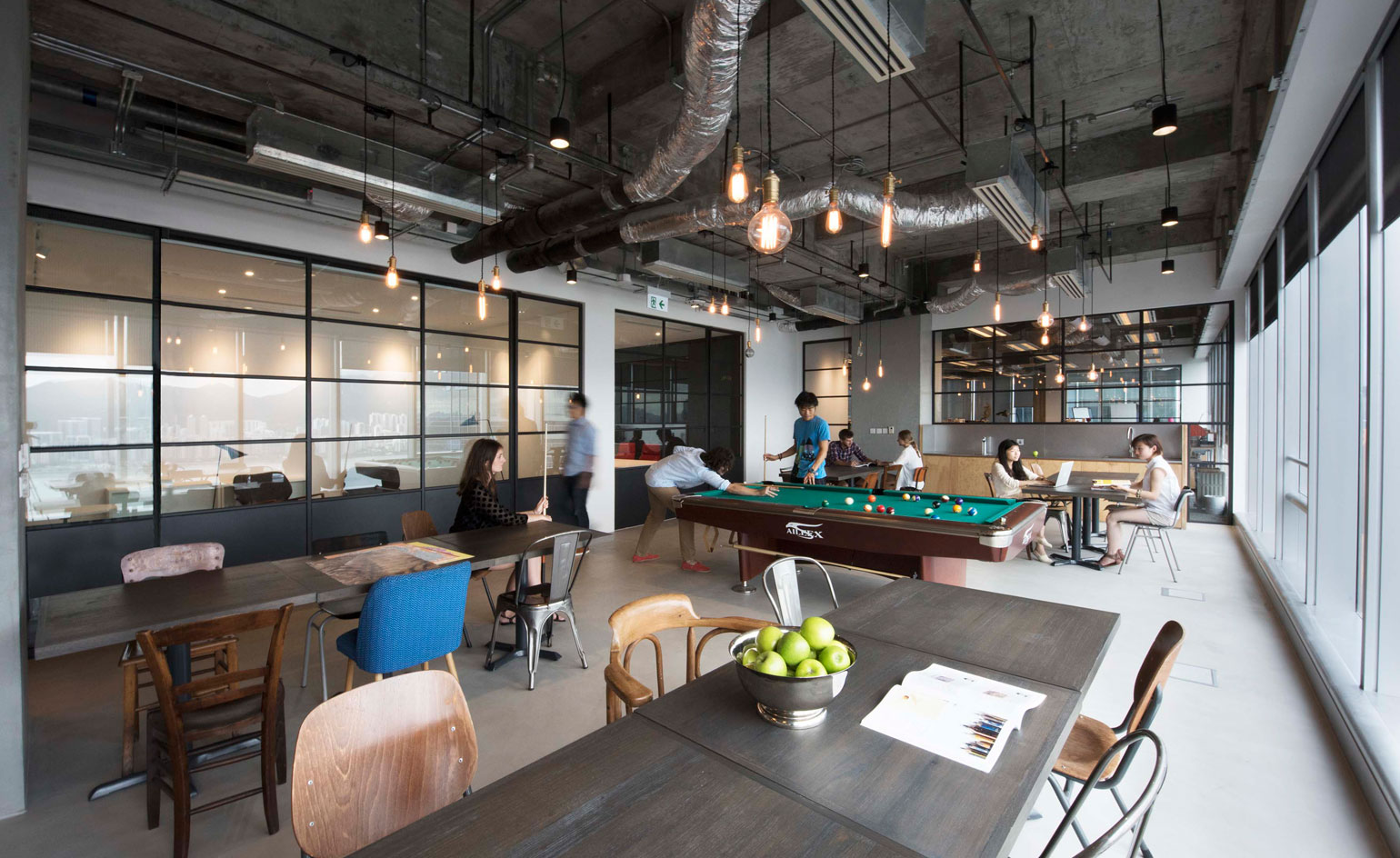
The new office supports the dynamic working culture of a creative agency through a variety of spaces, such as open plan work clusters, semi-private discussion areas, private meeting room and enclosed offices
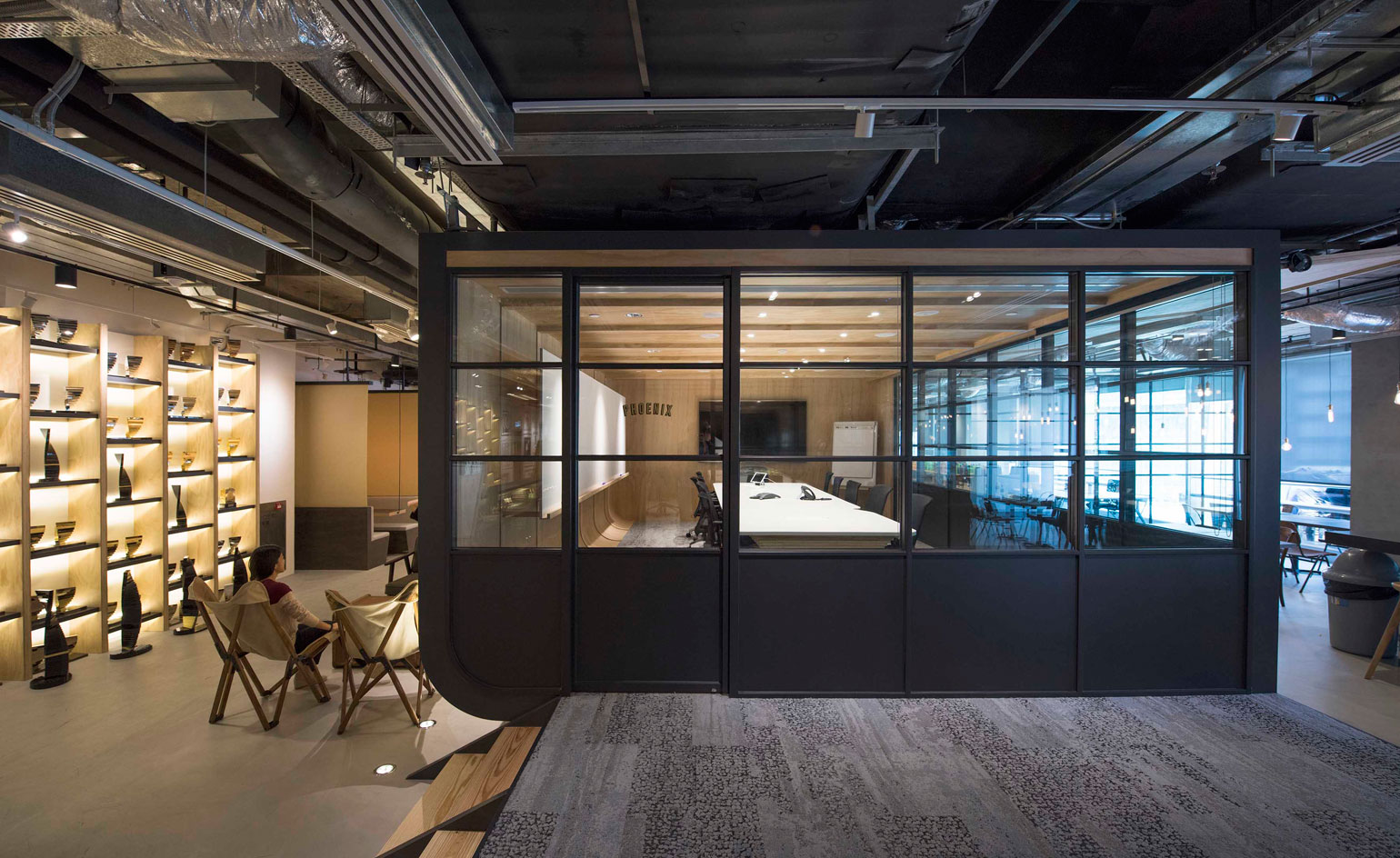
The rooms are situated around the building’s glazed perimeter. The offices have full height glass walls to preserve the visual connections across all spaces, as well as allowing natural light to flood the open-plan office space
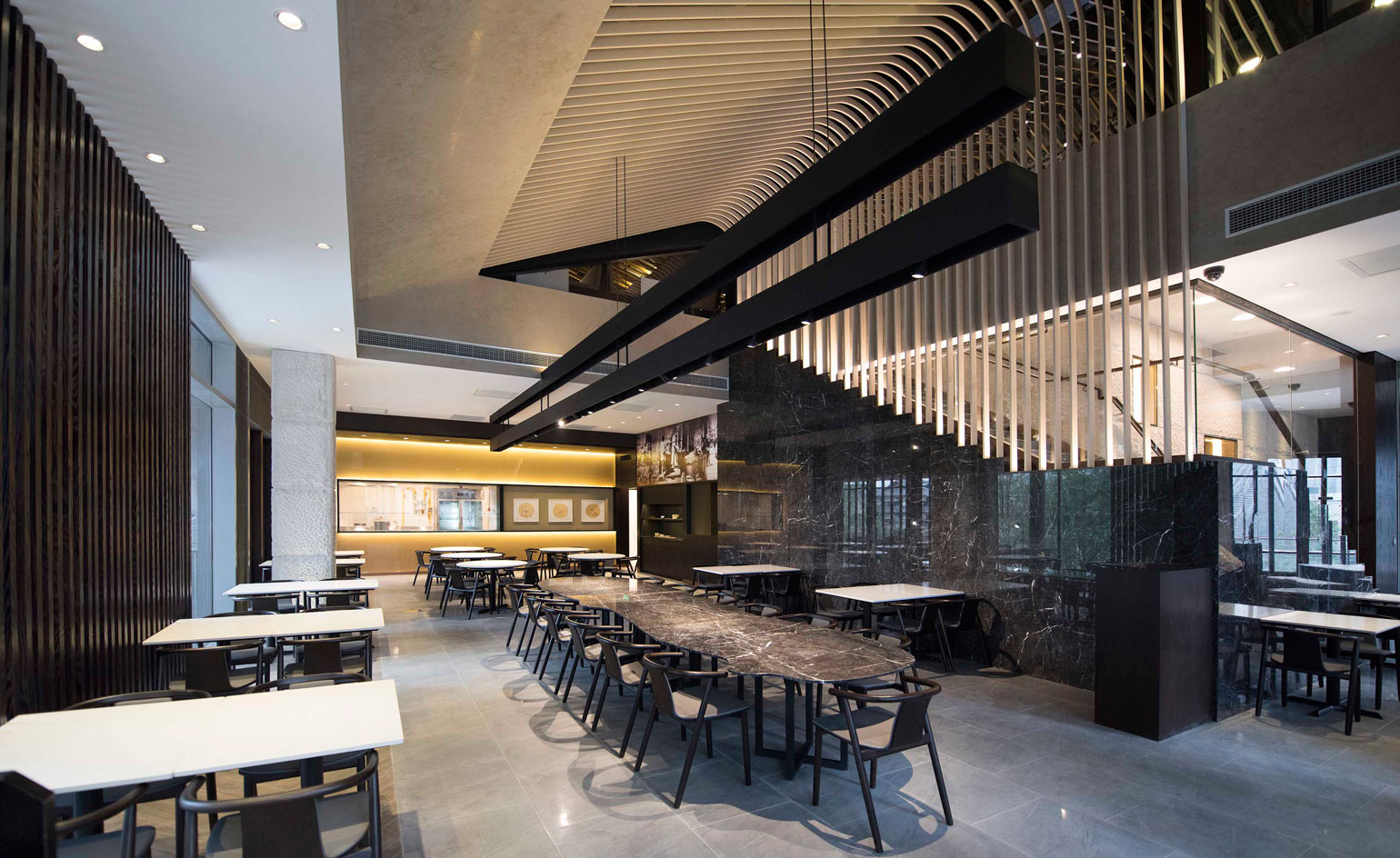
With the design of Tasty Congee & Wantun Noodle Shop's flagship restaurant in Chengdu, the key challenge was to create a dining experience that could cater to a wide variety of customers. The interior is designed to entice and impress high-end customers without being intimidating or aggressive
Wallpaper* Newsletter
Receive our daily digest of inspiration, escapism and design stories from around the world direct to your inbox.
Catherine Shaw is a writer, editor and consultant specialising in architecture and design. She has written and contributed to over ten books, including award-winning monographs on art collector and designer Alan Chan, and on architect William Lim's Asian design philosophy. She has also authored books on architect André Fu, on Turkish interior designer Zeynep Fadıllıoğlu, and on Beijing-based OPEN Architecture's most significant cultural projects across China.
-
 Australian bathhouse ‘About Time’ bridges softness and brutalism
Australian bathhouse ‘About Time’ bridges softness and brutalism‘About Time’, an Australian bathhouse designed by Goss Studio, balances brutalist architecture and the softness of natural patina in a Japanese-inspired wellness hub
By Ellie Stathaki
-
 Marylebone restaurant Nina turns up the volume on Italian dining
Marylebone restaurant Nina turns up the volume on Italian diningAt Nina, don’t expect a view of the Amalfi Coast. Do expect pasta, leopard print and industrial chic
By Sofia de la Cruz
-
 Tour the wonderful homes of ‘Casa Mexicana’, an ode to residential architecture in Mexico
Tour the wonderful homes of ‘Casa Mexicana’, an ode to residential architecture in Mexico‘Casa Mexicana’ is a new book celebrating the country’s residential architecture, highlighting its influence across the world
By Ellie Stathaki
-
 A Xingfa cement factory’s reimagining breathes new life into an abandoned industrial site
A Xingfa cement factory’s reimagining breathes new life into an abandoned industrial siteWe tour the Xingfa cement factory in China, where a redesign by landscape architecture firm SWA completely transforms an old industrial site into a lush park
By Daven Wu
-
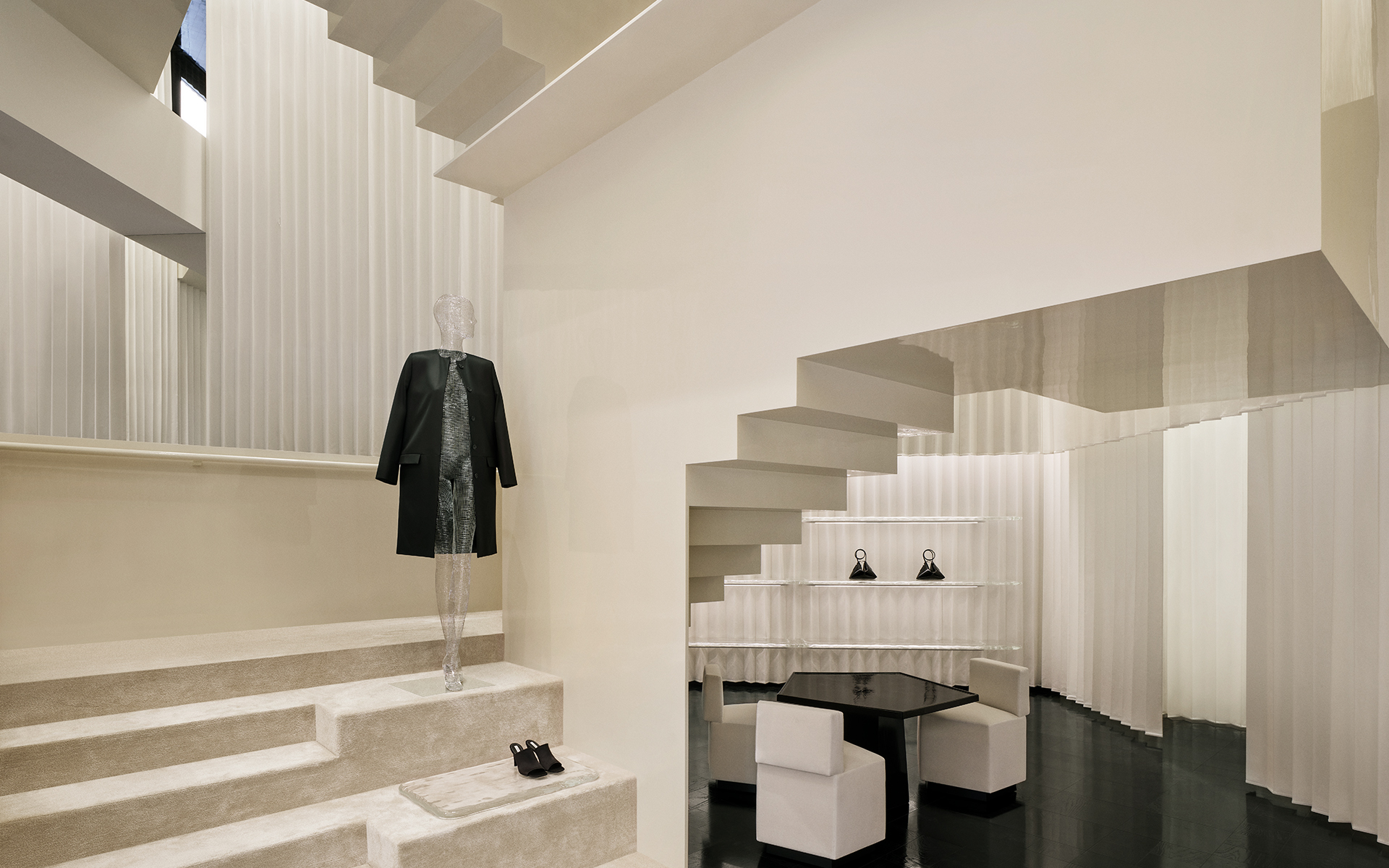 Bold, geometric minimalism rules at Toteme’s new store by Herzog & de Meuron in China
Bold, geometric minimalism rules at Toteme’s new store by Herzog & de Meuron in ChinaToteme launches a bold, monochromatic new store in Beijing – the brand’s first in China – created by Swiss architecture masters Herzog & de Meuron
By Ellie Stathaki
-
 The upcoming Zaha Hadid Architects projects set to transform the horizon
The upcoming Zaha Hadid Architects projects set to transform the horizonA peek at Zaha Hadid Architects’ future projects, which will comprise some of the most innovative and intriguing structures in the world
By Anna Solomon
-
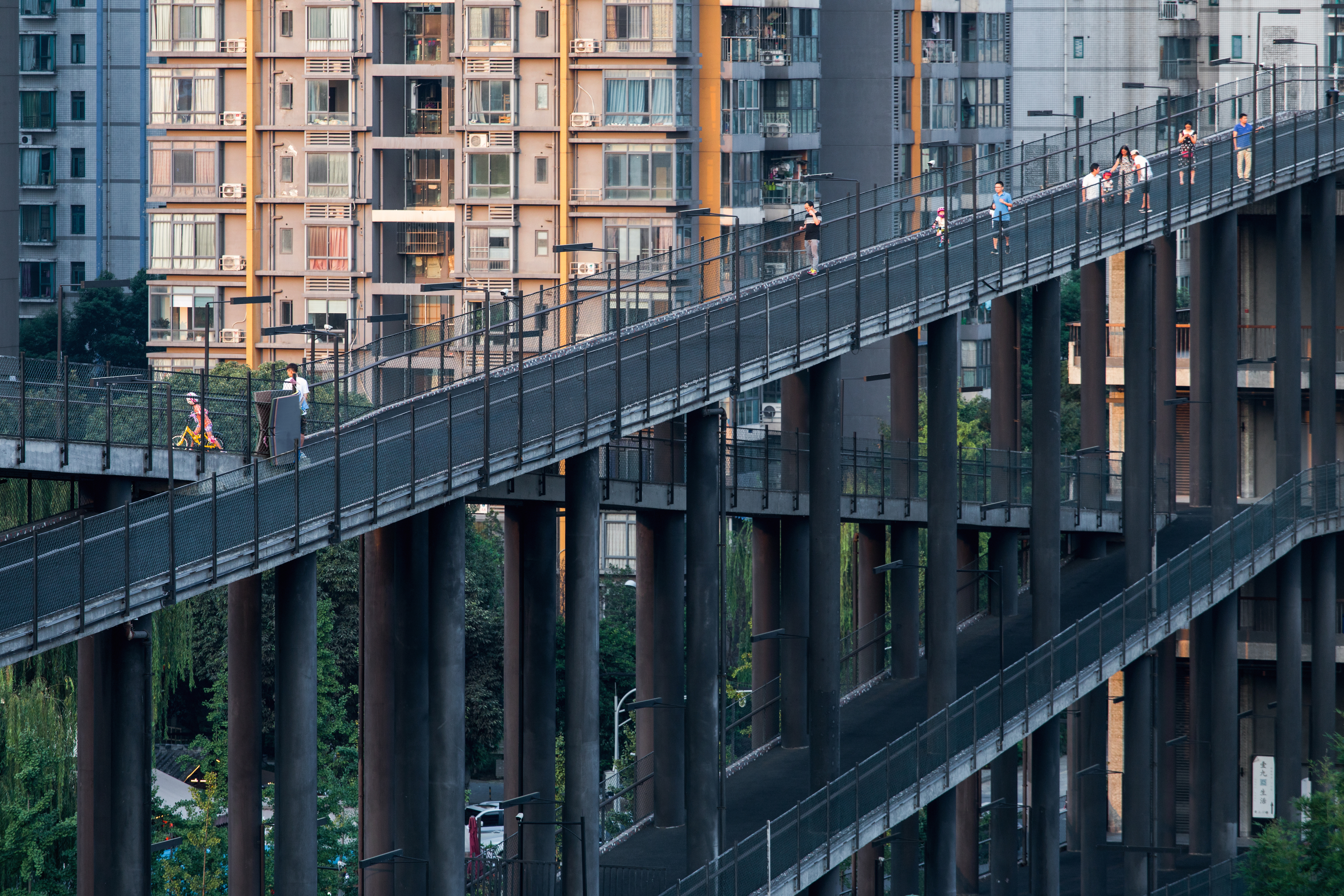 Liu Jiakun wins 2025 Pritzker Architecture Prize: explore the Chinese architect's work
Liu Jiakun wins 2025 Pritzker Architecture Prize: explore the Chinese architect's workLiu Jiakun, 2025 Pritzker Architecture Prize Laureate, is celebrated for his 'deep coherence', quality and transcendent architecture
By Ellie Stathaki
-
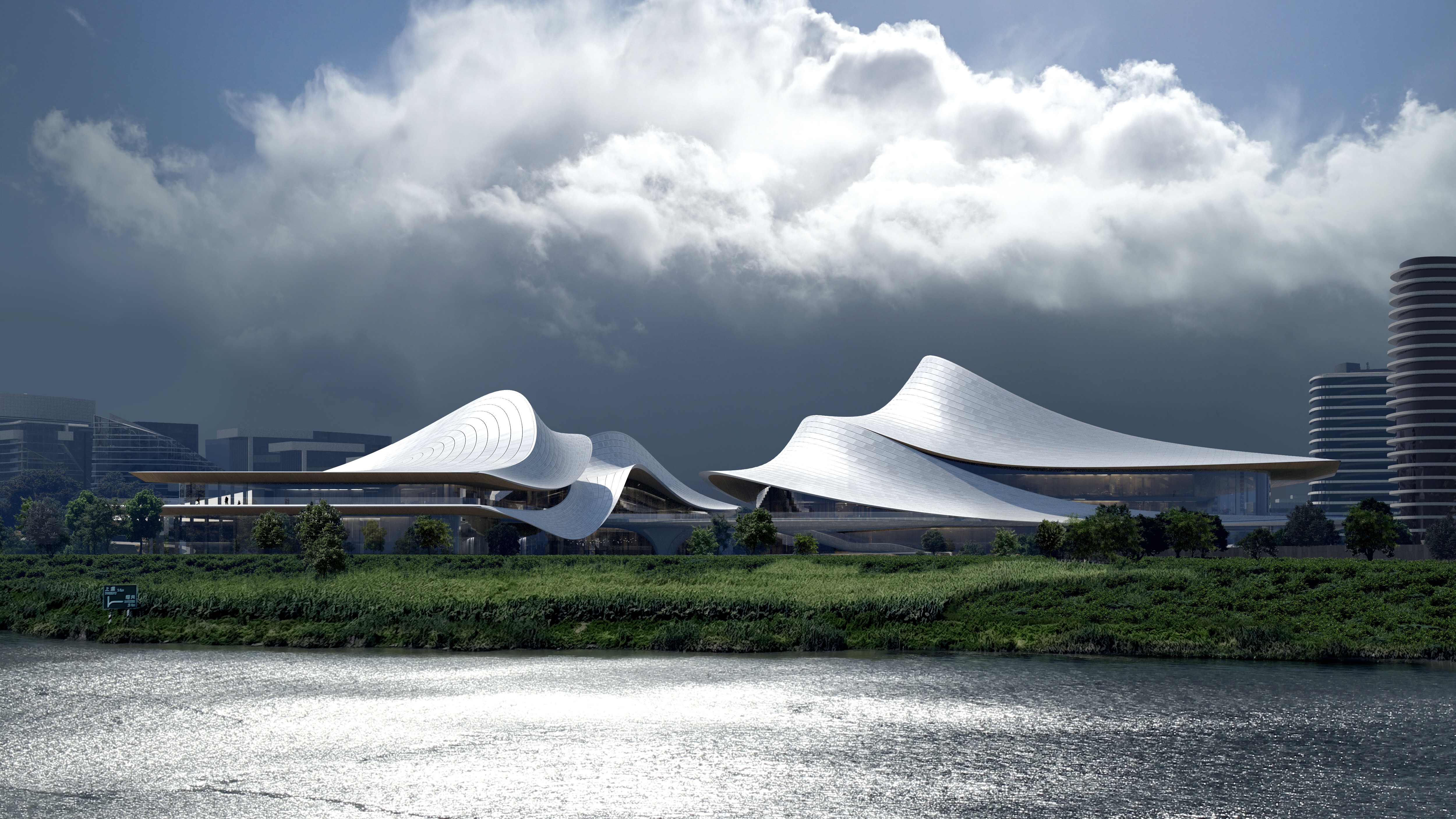 Zaha Hadid Architects reveals plans for a futuristic project in Shaoxing, China
Zaha Hadid Architects reveals plans for a futuristic project in Shaoxing, ChinaThe cultural and arts centre looks breathtakingly modern, but takes cues from the ancient history of Shaoxing
By Anna Solomon
-
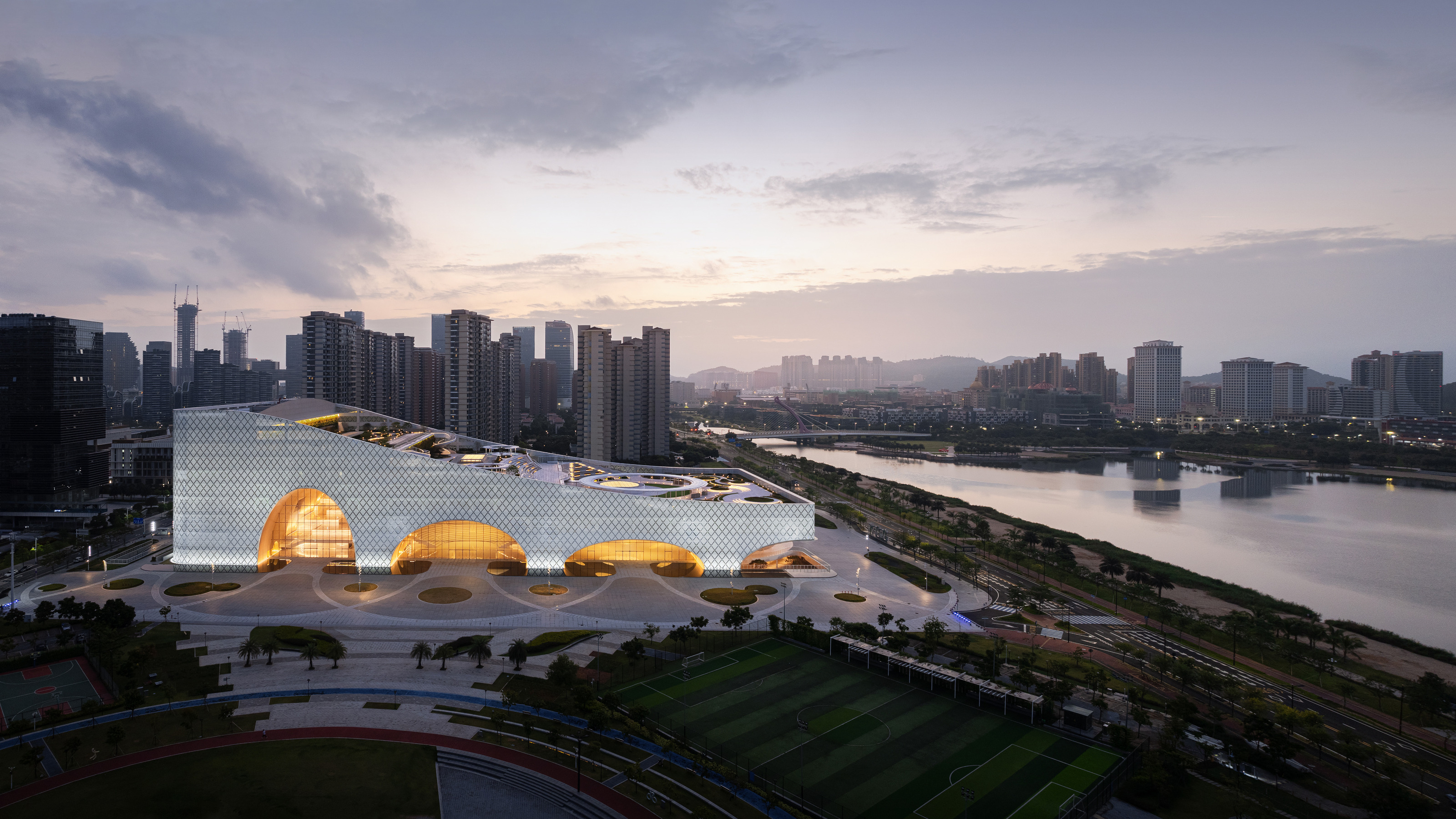 The Hengqin Culture and Art Complex is China’s newest cultural megastructure
The Hengqin Culture and Art Complex is China’s newest cultural megastructureAtelier Apeiron’s Hengqin Culture and Art Complex strides across its waterside site on vast arches, bringing a host of facilities and public spaces to one of China’s most rapidly urbanising areas
By Jonathan Bell
-
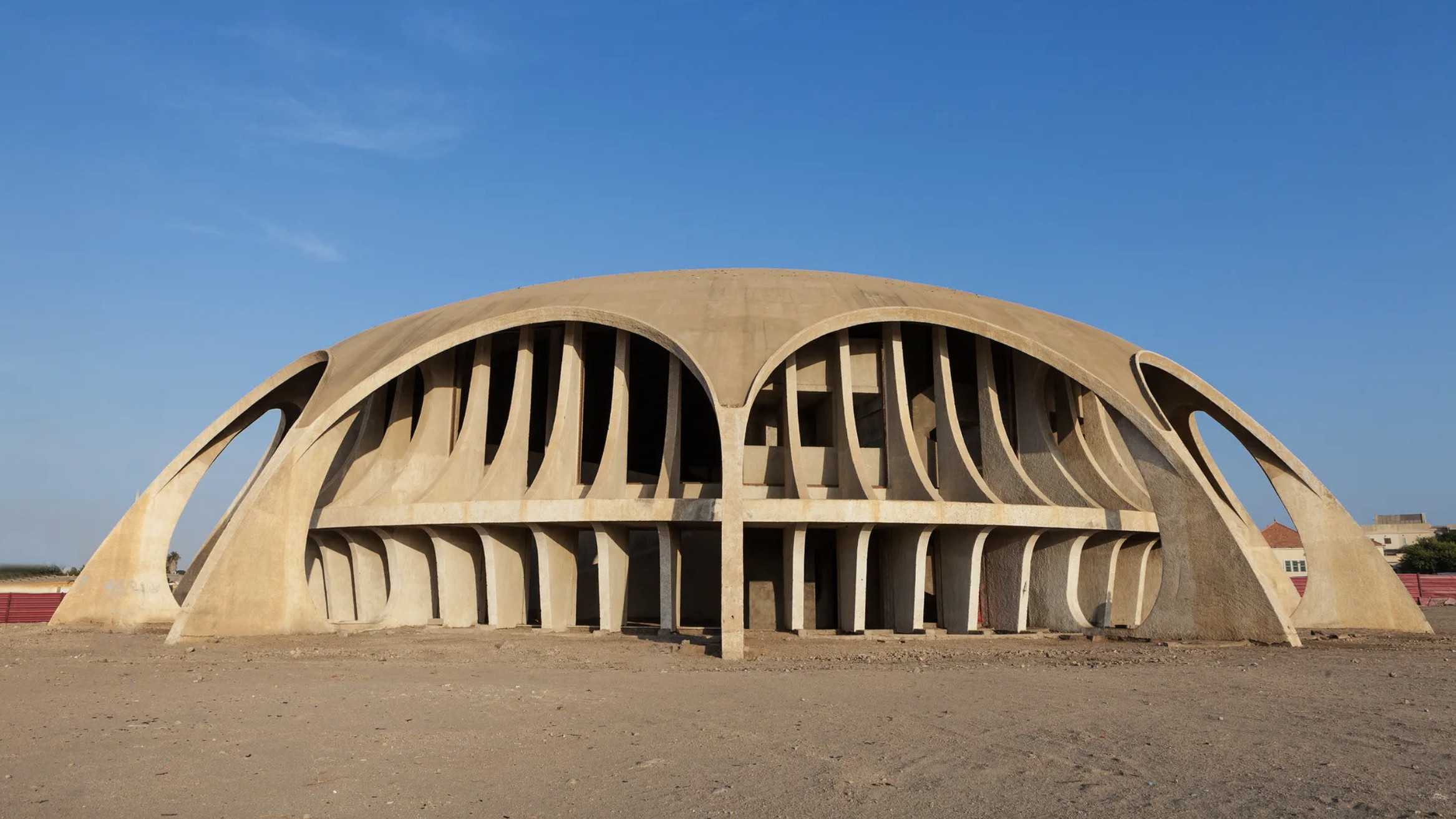 The World Monuments Fund has announced its 2025 Watch – here are some of the endangered sites on the list
The World Monuments Fund has announced its 2025 Watch – here are some of the endangered sites on the listEvery two years, the World Monuments Fund creates a list of 25 monuments of global significance deemed most in need of restoration. From a modernist icon in Angola to the cultural wreckage of Gaza, these are the heritage sites highlighted
By Anna Solomon
-
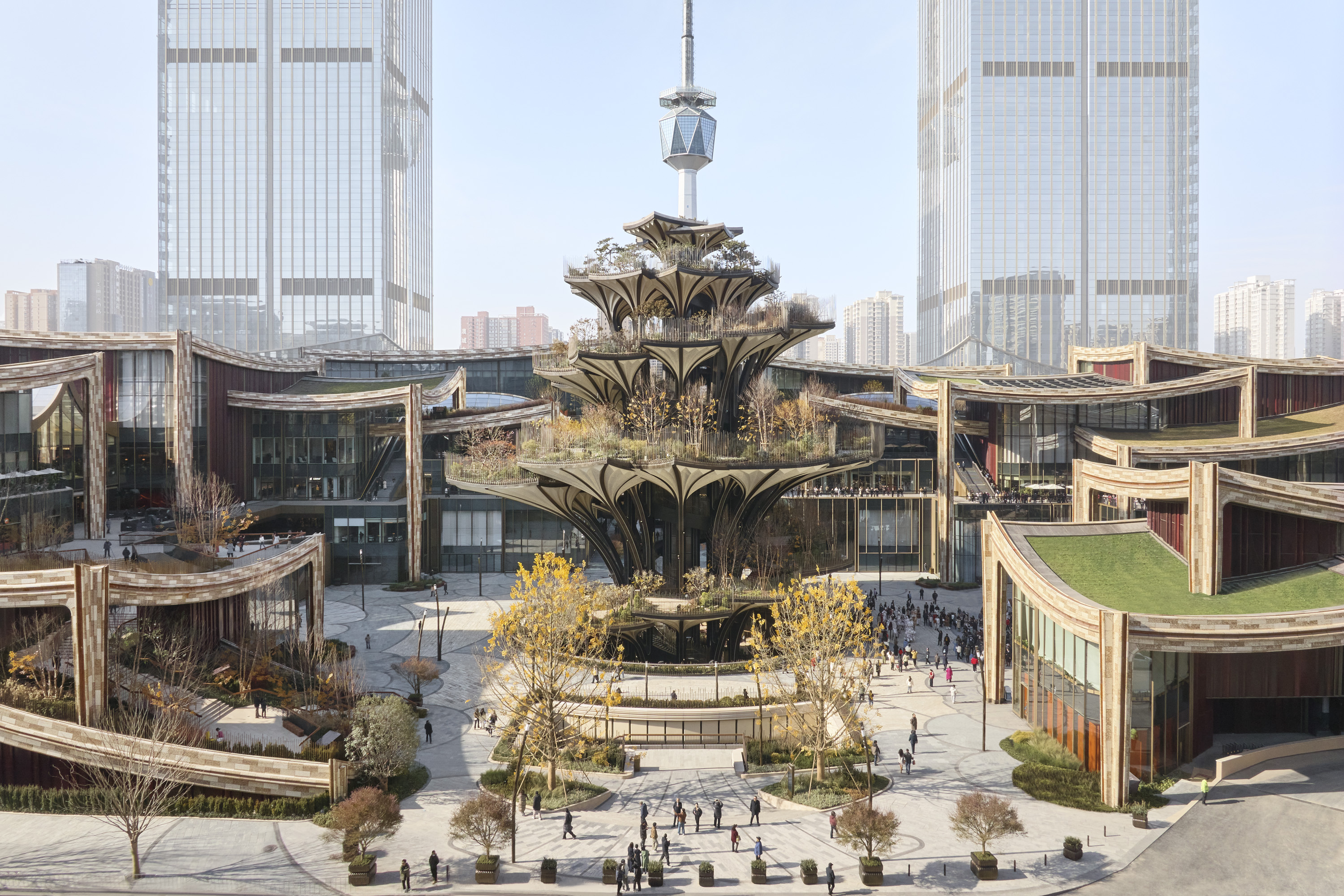 Tour Xi'an's remarkable new 'human-centred' shopping district with designer Thomas Heatherwick
Tour Xi'an's remarkable new 'human-centred' shopping district with designer Thomas HeatherwickXi'an district by Heatherwick Studio, a 115,000 sq m retail development in the Chinese city, opens this winter. Thomas Heatherwick talks us through its making and ambition
By David Plaisant